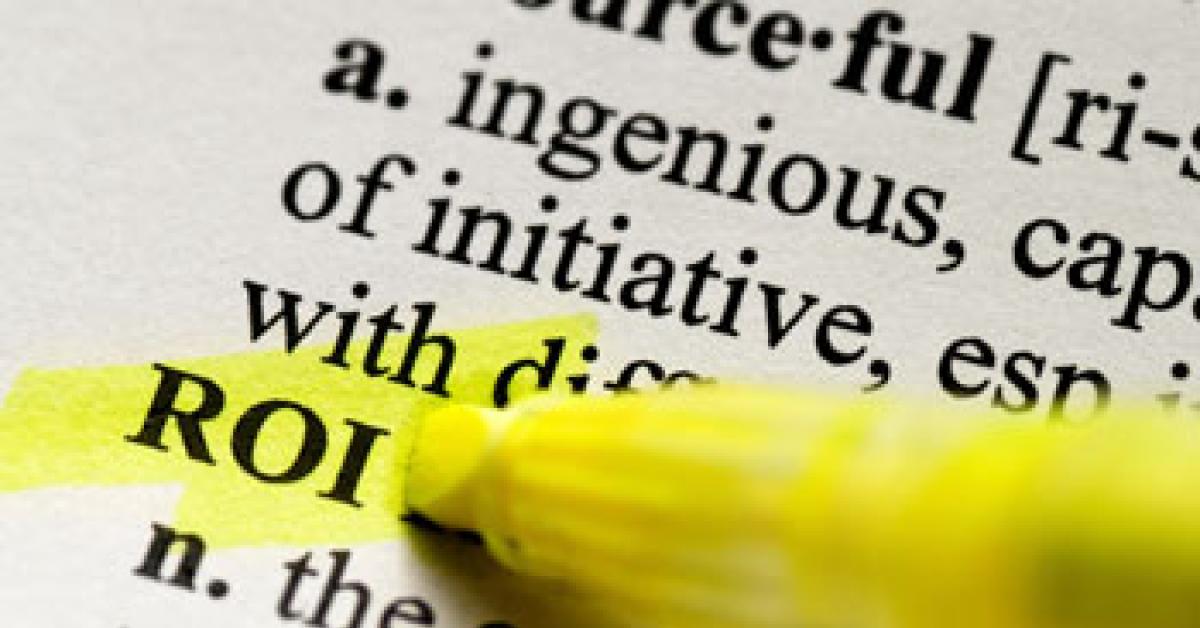SAN FRANCISCO — Great strides have been made in the development of labor-saving devices for the drycleaning industry. Of course, these improvements are miniscule in comparison to what’s happening in other industries. Nevertheless, there are improvements in drycleaning that can be capitalized upon under the right circumstances.
The keys to maximizing the benefits you receive from a large capital investment include knowing why you’re making the purchase decision, when is the best time to make these purchases, how to make the most of the equipment bought, and how to implement any changes the purchase forces.
Take each of these considerations in order. For instance, if you want to purchase a new conveyor or sorting system, there are many possible reasons—saving money and improving accuracy are two good ones. But if the required investment is $10,000, $50,000, $100,000, or more, it’s worth double-checking your assumptions.
The simple answer is that you will not “save” money in the technical sense of the word. It’s going to cost you in the beginning, and it may be more than you expect. Buying a sorting system will carry associated costs such as installation, removal of old equipment, and perhaps a new layout. You may incur costs related to hiring or retraining.
If you double the smallest sample investment to ballpark your purchase, it pushes the investment to $20,000. Offsetting this is the savings you hope to achieve. Where will it come from? You may require fewer people than before to do the same amount of work. But again, check your assumptions—you’re putting $20,000 on the line.
Assembly conveyors can achieve significant labor savings. If you now have two people assembling orders and the system will require only one, you might save one FTE (full-time equivalent) salary. But if your people are currently performing inspection, checking zippers, adding tissue and performing assembly, too, can you really expect one person to do the job? Probably not.
If you now employ three people to do those jobs, however, saving an entire FTE salary may be easy. That’s the equivalent of at least $25,000 per year, and that savings will return your investment in less than a year. That’s a good reason to move forward.
At what point does an investment not make sense? When a $20,000 investment only saves $10,000 per year? A $10,000 savings will still pay off in two years. And investing in $20,000 worth of equipment that saves $10,000 over the next three years delivers a return of almost 25% per year. Even if the investment only delivers a savings of $5,000 per year, it’s a return of 8% per year over five years.
Net-value calculations like this take into account the time value of money (including inflation), and are available on a standard Excel spreadsheet. Using this information, you can decide if you want to put $20,000 into a piece of equipment, or invest it elsewhere, like the stock market.
When to install the system is the next question. You probably don’t want to install new equipment during your busiest season. You also don’t want to install it before you’ve laid the groundwork for the purchase, figuring out what changes must be made before the equipment arrives.
Do you have the proper power source at the final location? Can any training be done prior to the equipment arrival? Do systems such as tagging or pricing need to be changed? Anticipating adjustments will help the equipment go in without a hitch.
You should now track the results you experience compared to your original projections. Was the original investment amount accurate? Did you achieve a savings? If not, why not? What do you need to change to get closer to your original projections? What can you learn that will help you improve your decisions in the future? This won’t be your last investment in your business; learn from the experience.
Have a question or comment? E-mail our editor Dave Davis at [email protected].

